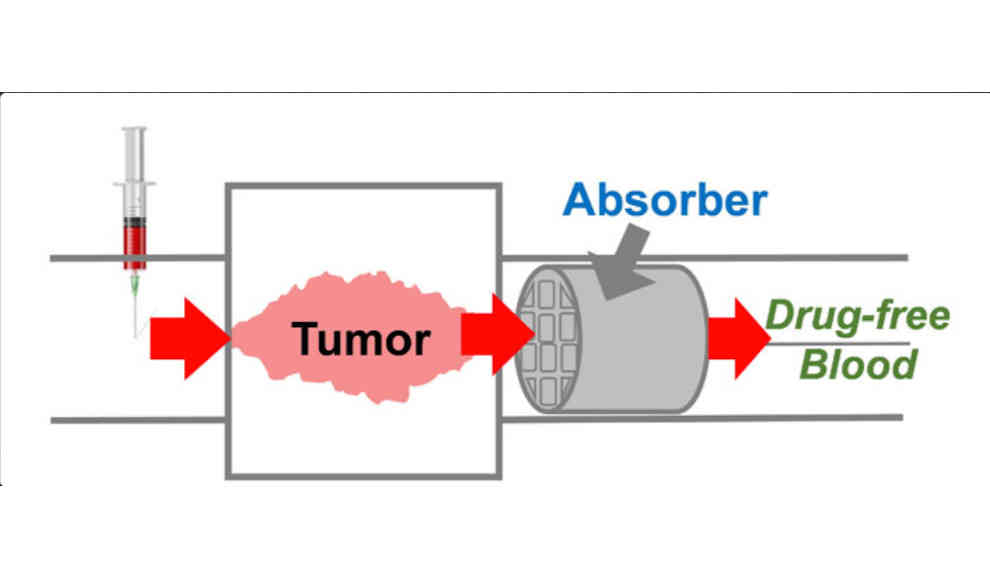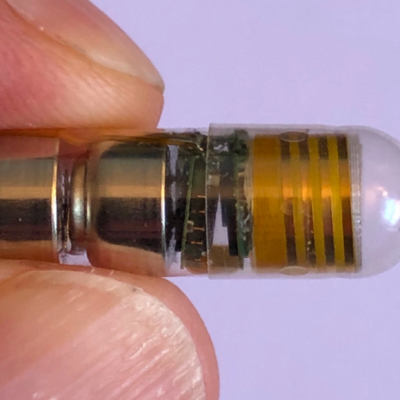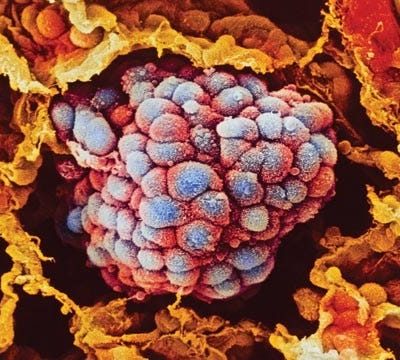A new polymer filter that can be inserted directly into a patient’s vein has been developed by scientists at the University of California in Berkeley. The filter is designed to prevent chemotherapy drug residues from being distributed throughout the body via the bloodstream, thereby reducing the severity of side effects. Chemotherapy is one of the most common treatments for cancer, but it often causes unpleasant side effects such as hair loss, nausea, and vomiting. This is because the drugs used in chemotherapy are distributed throughout the body, attacking healthy cells as well as cancerous ones. The new filter is designed to remove excess chemotherapy drugs from the bloodstream as it leaves the affected organ, preventing them from being distributed throughout the body.
The filter, which has a sponge-like structure and a polymer coating, is inserted into the vein that carries blood away from the affected organ. The polymer coating is able to bind to Doxorubicin, a chemotherapy drug used to treat liver cancer, and remove it from the bloodstream. The filter allows blood components to flow through it while binding to drug residues. The filter is customized to fit each patient to prevent unfiltered blood from flowing past it. The filter has been tested on pigs, with promising results. The scientists are planning to conduct a clinical trial on human patients to test the effectiveness of the filter.
If the clinical trial is successful, the filter could make chemotherapy more tolerable for many cancer patients. The scientists also believe that the filter could be used with other chemotherapy drugs, not just Doxorubicin. The filter is inserted into the vein using a minimally invasive procedure and remains in place for the duration of the chemotherapy treatment. The filter is then removed once the treatment is complete. The development of this filter is a significant step forward in the treatment of cancer, and it has the potential to improve the quality of life for many patients undergoing chemotherapy.










